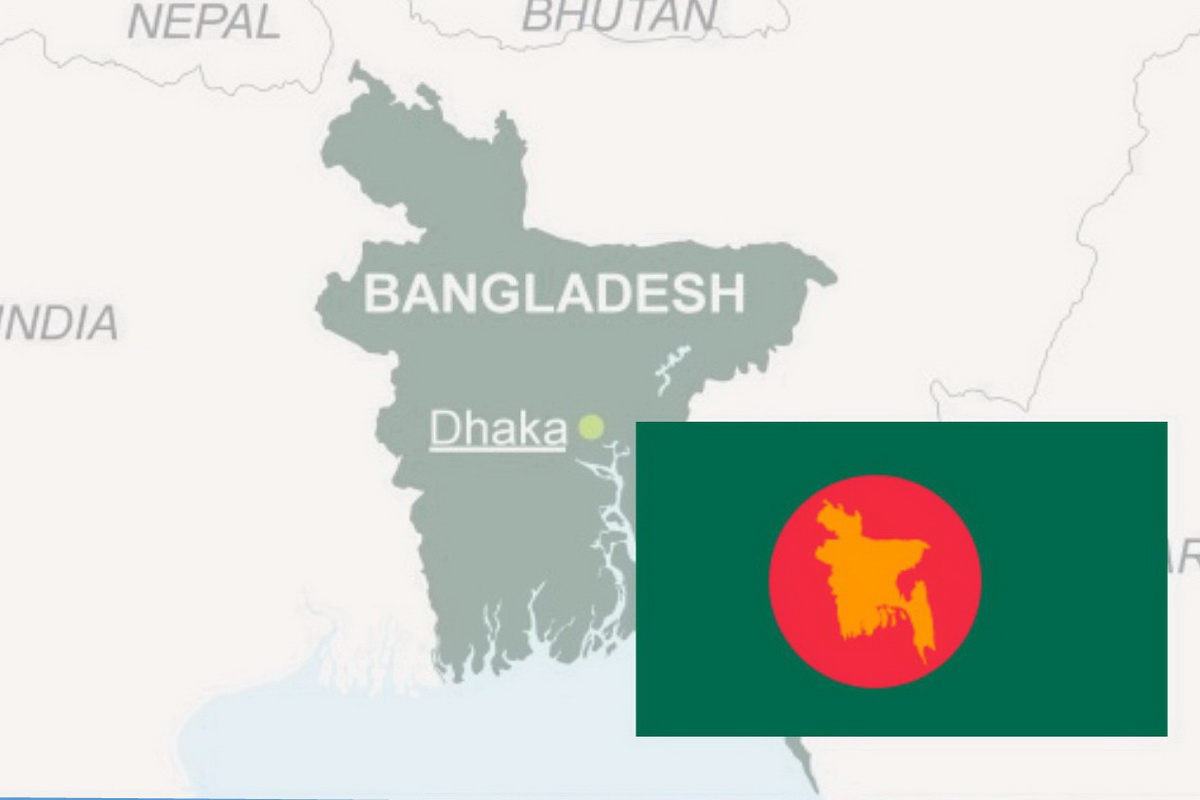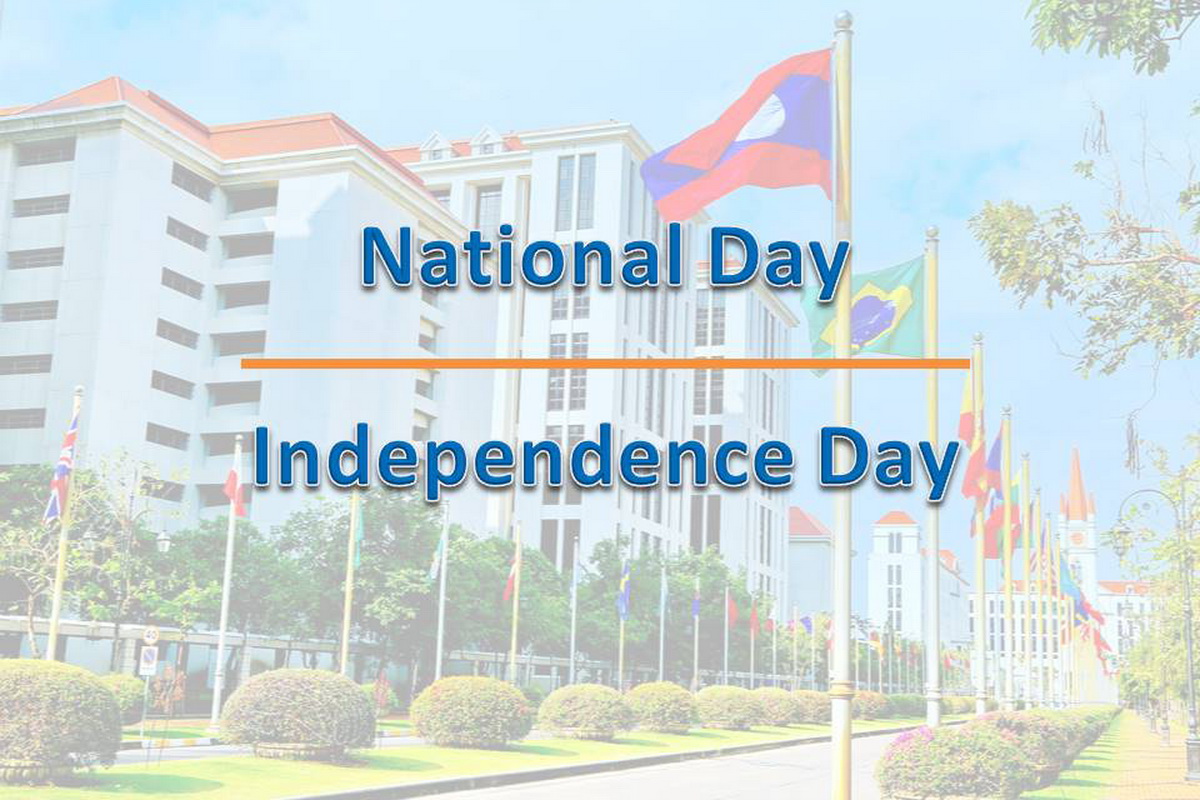
Zimbabwe, officially the Republic of Zimbabwe, is located in Southern Africa, between the Zambezi and Limpopo Rivers, bordered by South Africa, Botswana, Zambia and Mozambique.
The capital and largest city is Harare. The second largest city is Bulawayo. A country of roughly 14 million people, Zimbabwe has 16 official languages, with English, Shona, and Ndebele the most common.
The country of Zimbabwe enjoys a powerful mystique that attracts the world's attention, some of it due, no doubt, to its association with the Rider Haggard fictions King Solomon's Mines (1885) and She (1885) and the high level of international visibility it enjoyed during its years of notoriety as a land contested by white minority rulers and African freedom fighters.
Other factors contributing to the attraction include the truly rich variety of sights and pleasures it offers visitors, the Great Zimbabwe ruins, Victoria Falls, and the world's largest concentration of ancient rock painting among them.
Zimbabwe, formerly known variously as Southern Rhodesia (1911–64), Rhodesia (1964–79), and Zimbabwe Rhodesia (1979–80), is a landlocked country in southern Africa, situated between the latitudes 15°33' south and 22°24' south, with a maximum length of 519 miles (835 km) and a width of 450 miles (725 km), and is situated entirely within the tropics.
Covering an area of 150,873 square miles (390,759 sq km), it shares its boundary in the north with Zambia, in the northeast and east with Mozambique, in the south with South Africa, and in the southwest and west with Botswana; its extreme western corner touches Namibia. It is divided into eight administrative provinces: Manicaland in the east, Mashonaland East, Mashonaland Central, and Mashonaland West in the north, Matabeleland North in the west, Matabeleland South and Victoria in the south, and Midlands in the center.
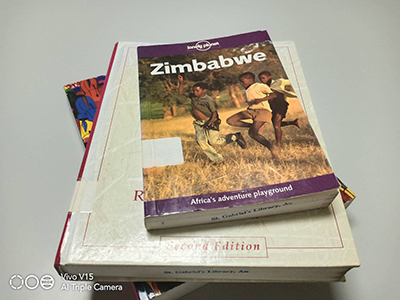
A dominant feature of Zimbabwe's landscape is the Highveld, whose area constitutes a quarter of the country's land mass. The geological system of which it is a part dates back to between 190 and 345 million years ago, and includes the Drakensberg and Cape ranges in South Africa.
This broad ridgelying between 4,000 and 5,000 feet (1,200–1,500 m) above sea level begins in the southwest and runs the length of the country, joining the Inyanga (Nyanga) and Chimanimani Mountains of the Eastern Highlands.
It also forms a watershed from which streams drain into the Zambezi River at its northwestern end, and into the Limpopo and Save Rivers at the southeastern end. Over the millennia, erosion has resulted in the formation of wide plains with occasional deep valleys and outcrops known as kopjes, or koppies. The soils are generally thin and crumbly, and are easily susceptible to wind and water erosion. The most fertile parts lie at the northern end.
The Highveld bisects the wide plateau of the Middleveld, whose elevation is between 2,000 and 4,000 feet (900–1,200 m), and which covers about twofifths of the country's land surface. Here also the soil is poor, and erosion has exposed the underlying rocks in several places. The Lowveld, which lies in the southern part of the country, was formed from basaltic lavas and loose gravels, and is dotted with granites. It has an elevation ranging from 500 to 2,000 feet above sea level.
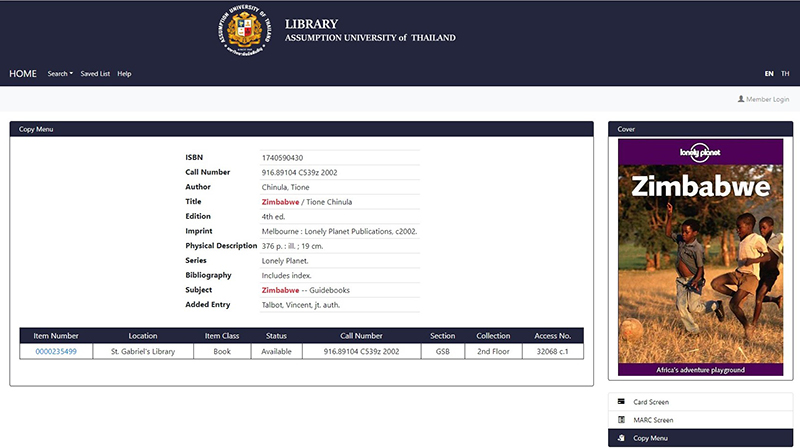
You can find more information about Zimbabwe from the AU Library Web site
Sources
Chinula, T. (2002). Zimbabwe. Lonely Planet Publications.
Zimbabwe. (n.d.). https://en.wikipedia.org/wiki/Zimbabwe
Zimbabwe and Assumption University Relations
On the occasion of the 41st Anniversary of the Zimbabwe National Day (April 18, 2023), the management, administrators, lecturers, staff, students and alumni of Assumption University of Thailand (AU), would like to congratulate and express their sincerest & best wishes for the Zimbabwean happiness, successes and prosperity.
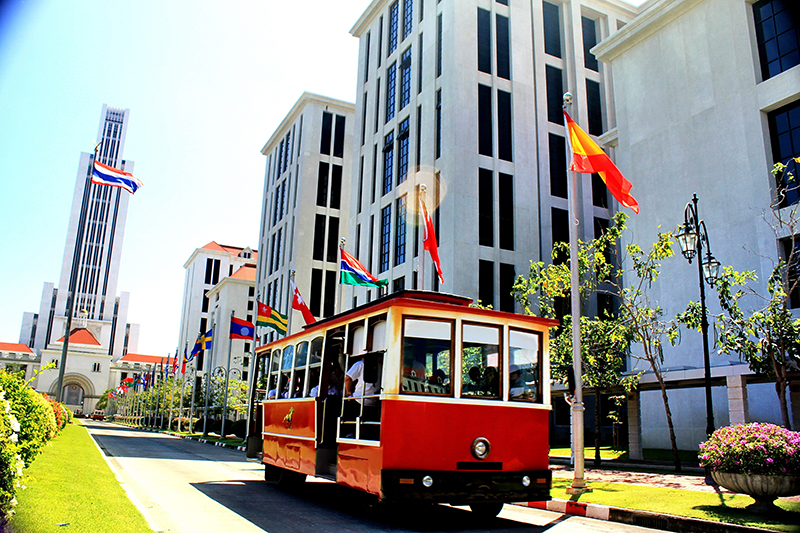
As a melting pot of international community of scholars, Assumption University comprises faculty members from countries around the globe and more than 2000 foreign students of diverse cultures and backgrounds from more than 80 counties including Zimbabwean students.
There was the memorandum of understanding between Assumption University of Thailand and the Zimbabwe Open University, Zimbabwe. After due discussions and consultations have agreed to the following provisions for developing international exchange and cooperation programs based upon the principle of reciprocity.
This agreement permits the exchange of scholars, professional staff members, students, and academic information between the signatory institutions. By establishing such exchanges, the instructional and research activities at both universities will be enhanced and greater mutual understanding between scholars and students of both universities facilitated.

